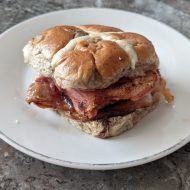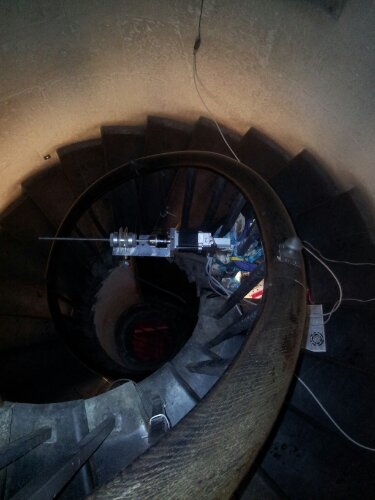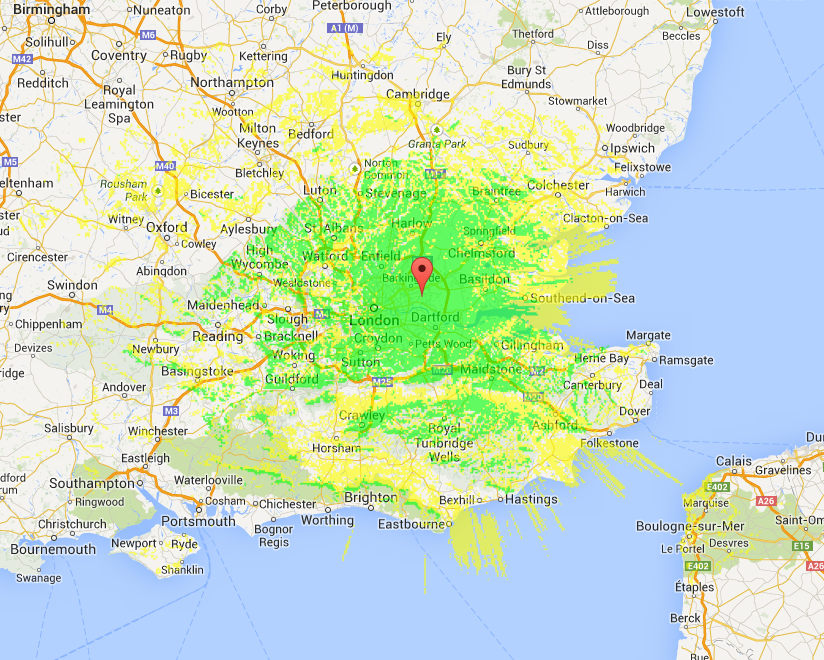Having had two annoying computer issues in the last 24 hours, this is how I fixed them. It’s more a not to myself, but also might get picked up by google and help someone else in the same position.
Corrupt MacOS HDD
The hard-disk in my spare (ancient) MacBook was found to be corrupt. Booting the MacBook from the diskwarrior DVD didn’t work. The diskwarrior software needs more then 1Gig of RAM to run, the ancient MacBook didn’t have this.
Putting the drive in a USB diskcaddy thing and running diskwarrior on another mac computer worked, but diskwarrior claimed there was a hardware failure on the drive. Given I could hear it spinning, and I’d been able to get it to sort-of boot in the MacBook I wasn’t ready to believe it was actually physically dead.
It turns out that the computer I’d connected it too was trying to decide if it could be used as a TimeMachine backup disk. As it was corrupt, it was trying to fsck the disk first – but failing. This was preventing diskwarrior from locking the drive and doing its own low-level recovery. The solution was:
Last login: Mon Mar 31 19:45:28 on console Curie:~ dm$ ps -ef |grep fsck 0  458  16  0 7:46pm ?? 3:12.90 fsck_hfs -y /dev/disk2s2 Curie:~ dm$ sudo kill 458
In other words, find the process “fsck” and kill it. Diskwarrior was then happy and recovered the drive. Yay!
Firefox previous session not restoring
To free up plenty of RAM for diskwarrior to run, I’d closed all the software running on my other laptop. For reasons unknown, Firefox didn’t save my windows and tabs (I have lots of tabs open at any time)
I did have a sessionstore.bak-20140314220517 file in my Firefox profile directory with seemed to contain a list of windows and tabs I remember being open, wrapped up in a bunch of javascript and a sprinkling on html and css.
sessionstore.js in the same place contained pretty much the same code, but without the list of tabs and windows. With nothing to lose, I deleted sessionstore.js and renamed sessionstore.bak-20140314220517 to sessionstore.js. Start up Firefox again and I’m presented with all my lost windows and tabs. Double Yay!



